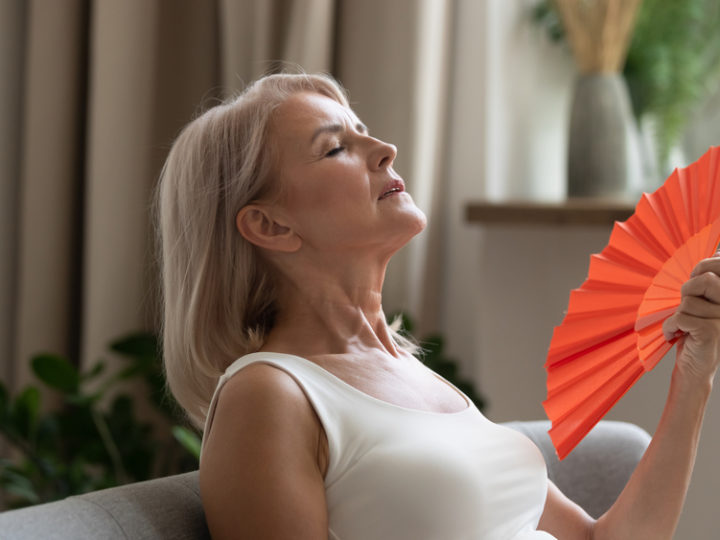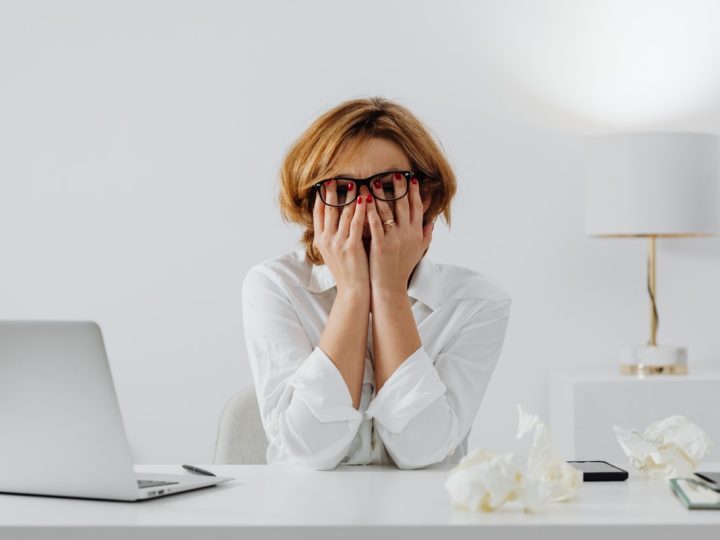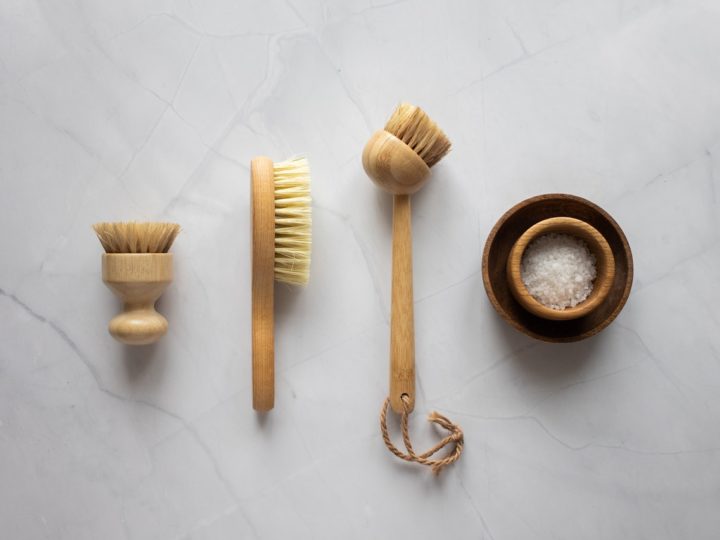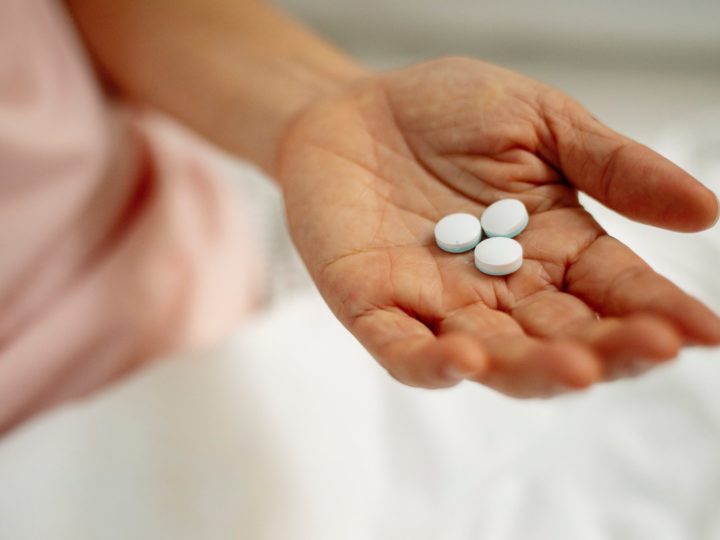GET FLAWLESS SKIN
With Eastern Medicine
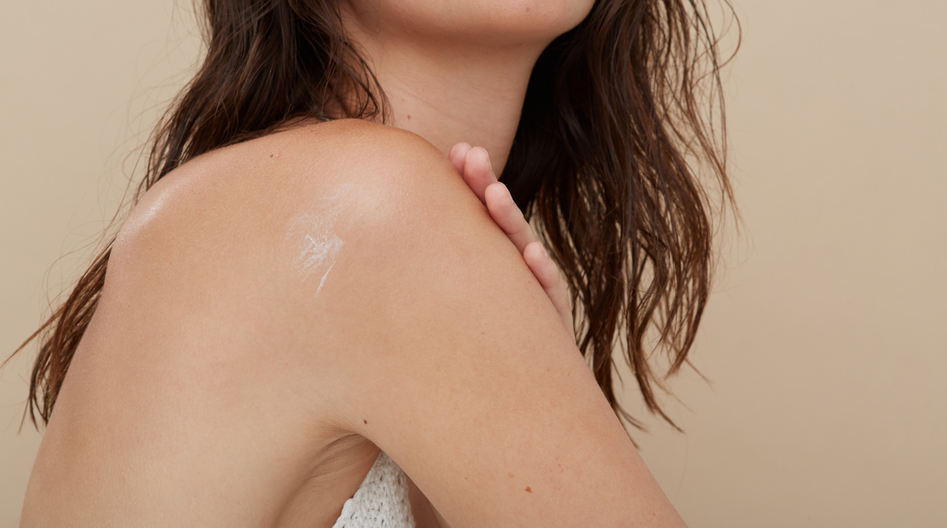
You’ve probably noticed that your favorite Youtube beauty vloggers have been talking a lot more about using all-natural or cruelty-free beauty products. That’s because a new wave of skincare is on the rise, ladies, and the root of it all might surprise you. The au naturel trend has actually been used for hundreds of years in Eastern Medicine. Many of the medicinal herbs and lifestyle suggestions we’re hearing about today have been used by followers of TCM way before Gwyneth Paltrow and Jessica Alba got into the natural beauty world.
From topical treatments to diet and lifestyle changes, here’s everything you need to know about getting flawless skin the holistic, TCM way.
Topical Skin Treatments
Stress might make you break out, while your best friend might be suffering from an endless skin drought. While each person’s skin troubles can come different root issues, there are certain medicinal herbs generally agreed upon by practitioners to offer basic skincare benefits for everyone (though if you’re looking for a custom treatment plan, you’ll want to schedule an appointment with your TCM practitioner). These seven TCM herbs are most likely to show up in holistic topical skincare products.
Pearl Powder
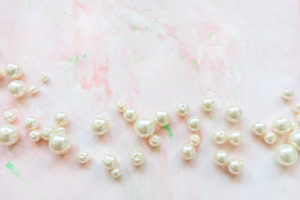 Believe it or not, your grandma might have been onto something with her love of pearl necklaces. Beyond jewelry, pearl is actually considered a medicinal herb in TCM. The powdered version of pearl is said to help sustain bright, and youthful-looking skin and can be used in a few different ways. For topical skincare, you can make a mask at home by slowly adding water to the powder until it forms a paste. Leave it on your skin for 10-15 minutes before rinsing off.
Believe it or not, your grandma might have been onto something with her love of pearl necklaces. Beyond jewelry, pearl is actually considered a medicinal herb in TCM. The powdered version of pearl is said to help sustain bright, and youthful-looking skin and can be used in a few different ways. For topical skincare, you can make a mask at home by slowly adding water to the powder until it forms a paste. Leave it on your skin for 10-15 minutes before rinsing off.
Honeysuckle
Honeysuckle is known to be a lifesaver for people with rosacea. Anyone looking to reduce inflammation or infection in their skin can try honeysuckle for soothing relief. You can add infused honeysuckle buds to your daily cleanser, or create your own flower water to spray on your face each day.
Chamomile
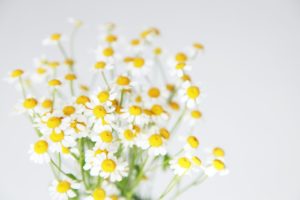 This tea is good for more than just helping you night owls get to sleep. You can use chamomile tea as a rinse, or use the tea leaves to make a gentle compress or scrub. It’s said to help reduce and soothe facial redness and acne issues.
This tea is good for more than just helping you night owls get to sleep. You can use chamomile tea as a rinse, or use the tea leaves to make a gentle compress or scrub. It’s said to help reduce and soothe facial redness and acne issues.
Tea Tree
You’re likely already familiar with this trick, as it’s one of the more commonly-seen herbs in Western use. It’s made quite the name for itself due to its ability to clear up acne and prevent new outbreaks. When using a tea tree essential oil, be sure to dilute with a neutral carrier oil or water before putting it on your skin (this oil packs a powerful punch!).
Calendula
This medicinal herb is said to have anti-inflammatory, antibacterial, and antifungal properties, making it a go-to skincare option for those with eczema. You’ll typically find calendula in oil or ointment form to be used as a moisturizer.
Aloe Vera
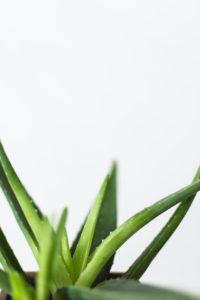 Remember how soothing aloe vera felt on your back the last time you laid out at the pool too long and got sunburnt? In Chinese skincare, aloe is actually used year-round to help reduce facial redness, inflammation, and other skin irritants. Even if you’re not dealing with skin issues, the powerful moisturizing qualities of aloe can help keep your skin soft and smooth. Mix it in with your existing products or spread it directly on the skin.
Remember how soothing aloe vera felt on your back the last time you laid out at the pool too long and got sunburnt? In Chinese skincare, aloe is actually used year-round to help reduce facial redness, inflammation, and other skin irritants. Even if you’re not dealing with skin issues, the powerful moisturizing qualities of aloe can help keep your skin soft and smooth. Mix it in with your existing products or spread it directly on the skin.
Bitter Melon
We have no time for those last-minute breakouts right before date night. If your usual acne-fighting methods aren’t cutting it, you might want to give bitter melon a try. A natural detoxer, you can use the juice on its own as a light mask or toner. Simply pour the juice into a spray bottle and mist over the skin. Be sure to let it to soak in before moving on to your next skincare product.
Diet for Skincare
No matter how much you love digging into those late-night burgers and pizza, there’s one thing Eastern and Western medicine agree on: bad diets equal bad skin. For a truly TCM-oriented approach to skincare, you’ll want to take a good look at what you’re eating. Basically, the unhealthiness on our insides tends to show up on the outside. If you’re constantly fighting to keep your skin in check, it might be time to make some changes to your diet and lifestyle, or consult with your healthcare team.
Got a bad case of redness and inflammation? Time to eat more cooling foods like pear, mint, and daikon radishes. Turmeric is another powerful anti-inflammatory and can be made into health shots, or added to tea, smoothies, or meals. For general protection against skin imbalances or pollution that can cause these problems, you might want to add more oregano and chaga to your diet.
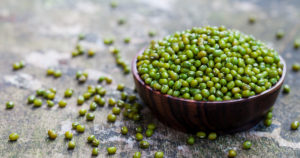 Most skincare lines market to the two major camps of skin-types: oily and dry. If oily skin is your trouble, you’ll want to eat more aduki beans, mung beans, and barley. Adding these ingredients to soups and stews is an easy way to up your intake. If you’re on the dry skin side, try eating lots of seeds like flax and sesame. You can make nuts and seed-heavy granola bars at home or add servings of seeds to your smoothies.
Most skincare lines market to the two major camps of skin-types: oily and dry. If oily skin is your trouble, you’ll want to eat more aduki beans, mung beans, and barley. Adding these ingredients to soups and stews is an easy way to up your intake. If you’re on the dry skin side, try eating lots of seeds like flax and sesame. You can make nuts and seed-heavy granola bars at home or add servings of seeds to your smoothies.
If you’re skin is generally “okay” but you want an extra dose of wellness and glow, try red dates, bitter melon, goji berries, burdock root, chamomile, yams, and ginseng. Drinking teas are also easy ways to keep your skin happy and support general skin wellness. Give echinacea, olive leaf, tulsi, or green tea a try for healthy, clear skin.
Acupuncture for Skincare
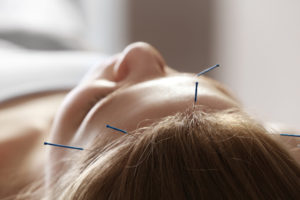 The baby’s having a sleep regression and you’ve been up all night and you keep putting off going to your kickboxing classes. That combination of stress, exhaustion, and lack of exercise is a potent cocktail for bad skin days. Poor lifestyle choices like consistent lack of sleep, emotional strain, stress, and lack of physical activity can all affect how our skin looks. You might notice puffiness, dark spots and circles, acne, or premature wrinkles. These can all be signs that your skin needs some TCM-inspired TLC. Acupuncture is one of the core tenets of Traditional Chinese Medicine and can be used to improve your skin health.
The baby’s having a sleep regression and you’ve been up all night and you keep putting off going to your kickboxing classes. That combination of stress, exhaustion, and lack of exercise is a potent cocktail for bad skin days. Poor lifestyle choices like consistent lack of sleep, emotional strain, stress, and lack of physical activity can all affect how our skin looks. You might notice puffiness, dark spots and circles, acne, or premature wrinkles. These can all be signs that your skin needs some TCM-inspired TLC. Acupuncture is one of the core tenets of Traditional Chinese Medicine and can be used to improve your skin health.
How does it work? In simple terms: boosting blood flow and collagen production. The tiny needles used in acupuncture stimulate your face, increasing blood flow and releasing any blockages that might have built up. Additionally, it’s said that acupuncture can give your collagen production a boost. The micro-injury produced by the needle can trigger your body to “repair” it using collagen. Better circulation and collagen can result in youthful, fresh, and supple-looking skin. Contact your licensed acupuncturist today to start on your very own acupuncture skincare treatments.
Where Do Skin Problems Come From?
The top priority of a TCM practitioner is to get to the bottom of where your skin troubles are coming from. Once they make a specific diagnosis, it’s much easier to treat the skin. Understanding the underlying cause of your symptoms can better direct their plan for treatment. As mentioned above, many skin issues are the result of bad lifestyle and diet choices.
You know how tired and drained you feel when you’re working so hard that you forget to eat lunch? Our skin can go through the same thing. Without those vital nutrients, you’ll see the negative results not only in energy levels but in your skin too. Lifestyle issues and little to no exercise can also affect your skin. Inconsistent schedules and lack of care creates a build up of toxins in the skin, making it difficult to achieve that radiant look. If you aren’t literally “sweating it out” on a regular basis, you might find those skin troubles creeping back in.
The Impact of Six External Pathogens on the Skin
Now it’s time to get technical. In TCM, skin troubles are often explained using descriptions of “six external pathogens”. These can create all kinds of issues in the body, that often reflect in our skin. The pathogens can come from our environments, the weather, and our habits. Here’s a quick breakdown of The Six External Pathogens and the most common ways they affect the skin:
Heat
 If you’re overworking, eating too many spicy or fried foods, or consuming too much alcohol or caffeine, you might experience an excess of heat. Keep an eye out for lots of skin redness and dryness which can result in acne, psoriasis, or eczema.
If you’re overworking, eating too many spicy or fried foods, or consuming too much alcohol or caffeine, you might experience an excess of heat. Keep an eye out for lots of skin redness and dryness which can result in acne, psoriasis, or eczema.
Summer Heat
Similar to heat, summer heat is more specifically caused by too much sun exposure. You might experience this excess as extreme dryness, sweating, or sunburn. Be sure to wear protective clothing, sunscreen, and take shady breaks to avoid the summer heat excess.
Damp
Do you live in a place where nothing ever quite seems to dry all the way? Or maybe you eat too many rich and fatty foods on the regular. Both of these choices can trigger an excess of dampness. This excess can cause some serious skin damage, causing pimples, blemishes, thickening skin, or lumps.
Cold
 If you don’t bundle up well during the winter, you might catch more than just a cold. This excess is said to result in chapped and sometimes painful skin and lips. Keeping warm during the winter in addition to maintaining a balance of eating warm and cold foods are crucial to maintaining healthy skin.
If you don’t bundle up well during the winter, you might catch more than just a cold. This excess is said to result in chapped and sometimes painful skin and lips. Keeping warm during the winter in addition to maintaining a balance of eating warm and cold foods are crucial to maintaining healthy skin.
Dryness
This excess is pretty much what you’d expect it to be. If you live in a very dry place, are exposed to too much heat, your skin might start to look like a desert. People who don’t sweat much or get dry mouth easily might also be struggling with dryness, which looks like very dry and even cracked skin.
Wind
Literally speaking, being around too many gusts of wind is said to act as a gateway for pathogens to enter your body. Widespread itching or rashes, such as hives are believed to be caused by this excess.
Newer
How Eastern Medicine Can Help You Get Preggo
Older
7 Beauty Products Eastern Medicine Gurus Swear By
Comments (0)
Leave a reply
You must be logged in to post a comment.

